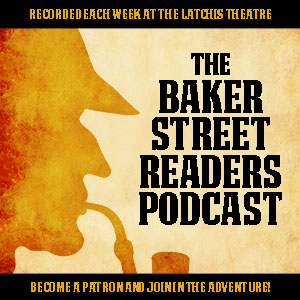Blog#195- 3/26/24
THOSE PEOPLE
By Richard Davis
I have been trying to understand why having a visible population of people who either appear homeless or, who look as though their body or their mind is in a troubled state, cause people to react strongly to their presence. I don’t think there is a simple answer to this question, but I do believe that if we try to look at “those people” from different perspectives we just might be able to soften the fear and anger that is aroused.
It is frightening to many people to have to walk in close proximity to people they believe to be homeless or troubled. Part of the problem is that panhandling has become a common activity and when people are asked for money they feel violated and they may fear that they will be accosted if they don’t give people what they are asking for.
We live in a free society and that means that all of us have rights to pursue a vocation, whether or not it is socially acceptable, as long as it does not break any laws. Some places have tried to outlaw panhandling. Panhandling is a confrontational act and some people might say they have the right to walk in their own town without experiencing the fear that panhandling arouses in them. A lot of people react when they see a panhandler by assuming they are too lazy to get a job.
Some people do not feel threatened by panhandlers and they give them money because they believe that providing that kind of charity is a good thing to do. Others who think that panhandlers will just use the money to buy drugs or substances to support an addiction might still be inclined to help indirectly by supporting local organizations that provide shelter and support to people in difficult situations.
We need to remind ourselves that “those people” are human beings who are living troubled lives. Many self-destruct because of an endless cycle of personal failure and societal oppression where blame falls on everyone. I think it would be helpful when trying to solve the problems related to homelessness, addiction and mental illness if we personalize the issues instead of letting it polarize us and make too many of us quick to pass judgement about situations that we know nothing about.
I have met and worked with many of “those people” over the decades as a home health nurse, a political activist and a board member of a homeless shelter. Think about Jim for a minute. At the age of 12 he had already had many encounters with local law enforcement. School officials tried to work with Jim and his parents because they recognized signs of mental illness but his mother and father had 6 other children at home and they looked at Jim as a problem they could not deal with.
After a few years of “the system” trying to help Jim and his family Jim ended up in foster care. His parents never displayed anything close to love or caring for Jim and when he was taken into foster care Jim never had contact with them again.
Fast forward 20 years and Jim is living on the street. When he aged out of foster care he drifted away from the support systems that could have helped him. He stopped taking medication that controlled many of his symptoms of mental illness.
Jim has connected with a few people who have lived on the streets as he has. They all panhandle so they can buy a few things. The community Jim lives in has a lot or programs that give out free food so that has not been much of a problem. Most of the people Jim hangs with have varying degrees of mental illness and few abuse any substances. Jim is likely to die on the streets. Our society tries to help people like Jim but why do so many fail at improving their lives?
Sara had a husband and two small children and they rented a small apartment. The couple had minimum wage jobs and they struggled to get by and that meant that there was always a great deal of stress in their lives.
Sara started using Vicodin and Oxycontin to relieve her stress and, in a short time, heroin and supporting her addiction became the focal point of her life. She left her family and has lived on the streets for the past 15 years. She is 45 years old but looks more like someone who has lived 70 difficult years. She has been in and out of hospitals and psychiatric facilities but she makes every effort to keep away from the “the system.
If you see Sara on the street she would be described as “scary looking” by most people. She has never been violent to others and she too panhandles from time to time. There was a time when she tried to get a job but she never could afford the clothes to look respectable and she never had the ability to look like someone anyone would want to hire. In her younger years she made money from sex work to feed her heroin habit.
Sara was diagnosed HIV positive and she also has hepatitis A. When she first learned of her HIV status she was able to get enough help to get the meds she needed. She continued to use heroin for a few years but eventually became so sick from not taking her meds that she was able to kick her habit. She is no longer a substance abuser and she will tell you she “gets by”, but she is very near death..
Think about who “those people” are the next time your anger and fear try to get the best of you when you encounter a street person. There are no easy solutions, but understanding a variety of perspectives will help.



